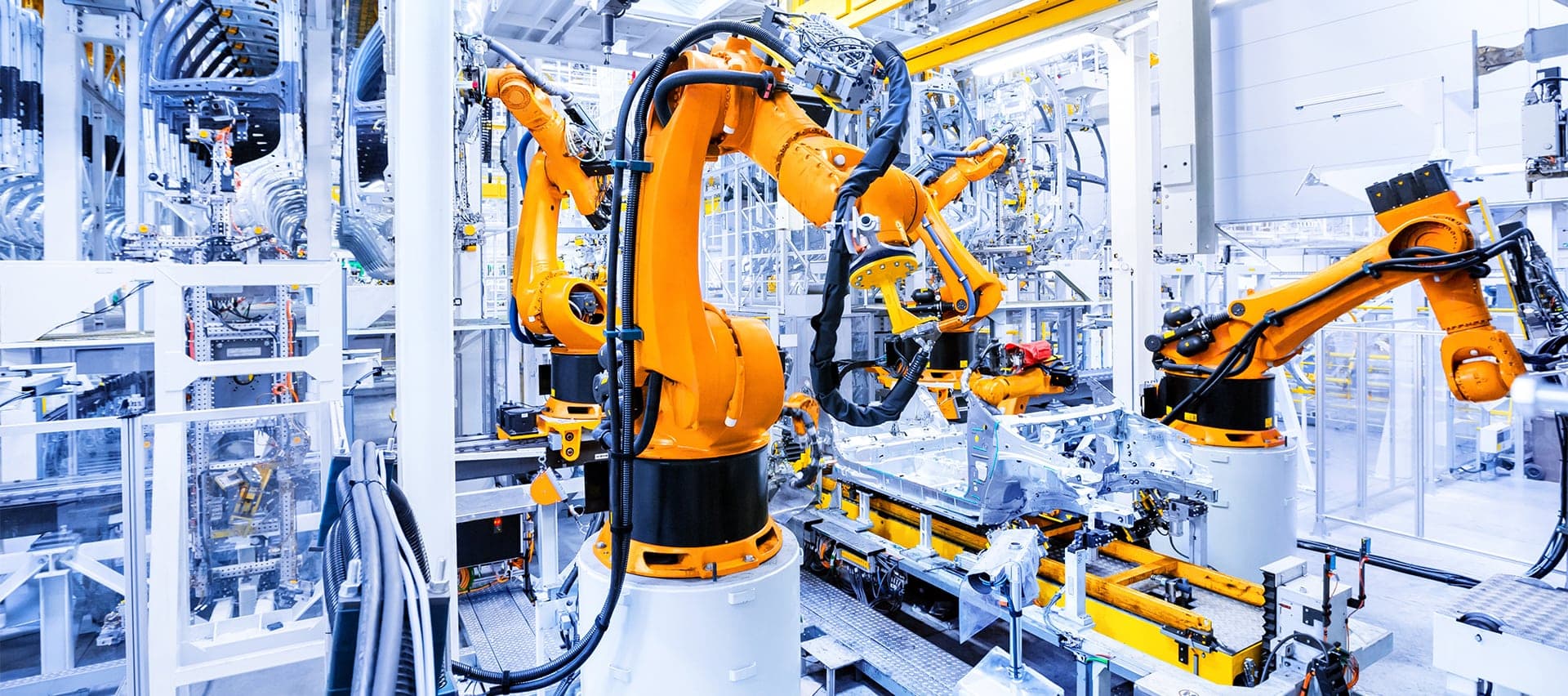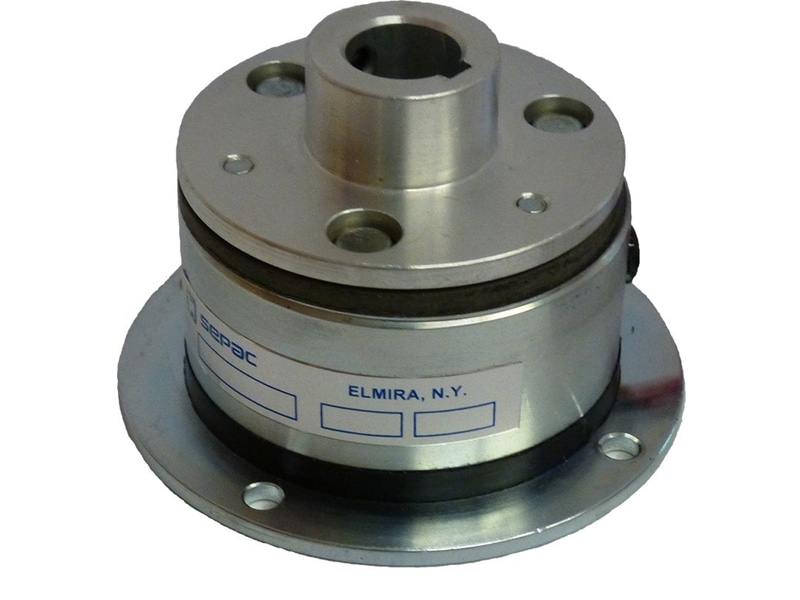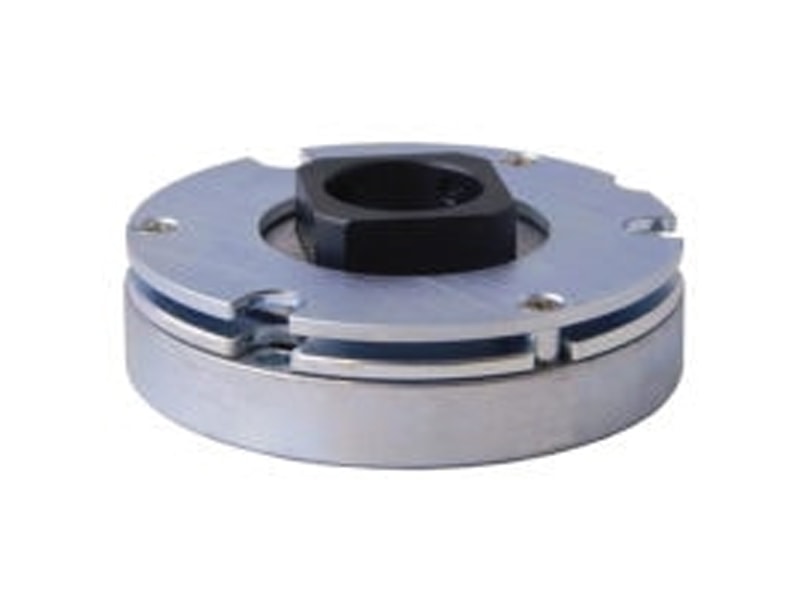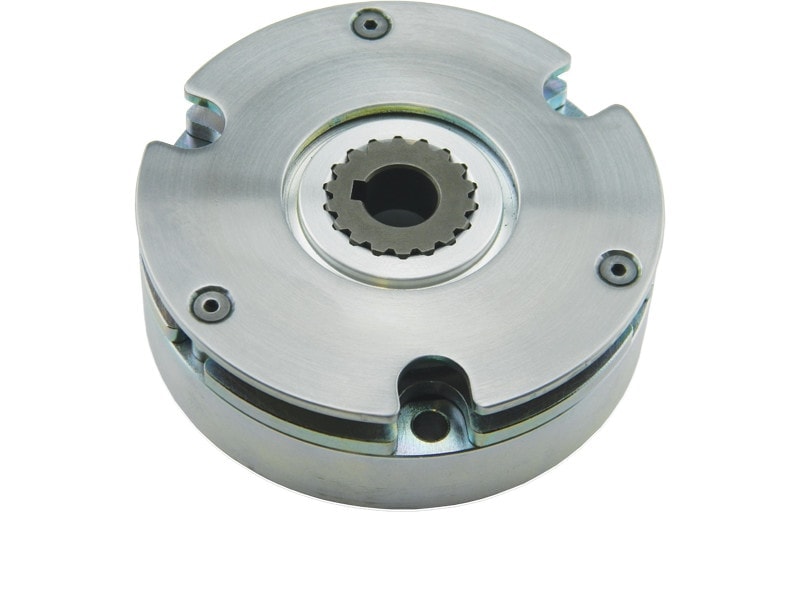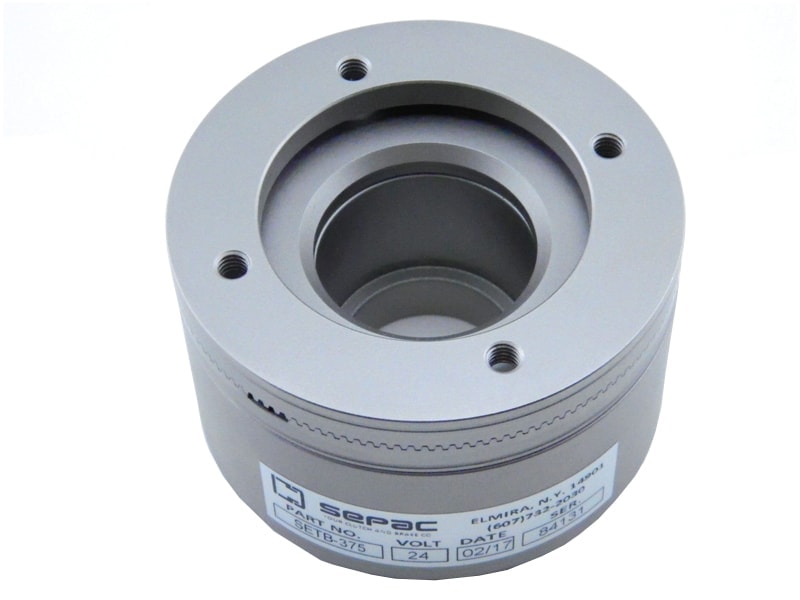Electromagnetic Clutches and Brakes for the Robotics Industry
Robotic technology relies on both electronic and mechanical components. While the electronic components provide the control signals that dictate when, where, and how a robotic system should move, the mechanical components actually perform the movements and operations.
That’s why investing in quality electromechanical parts—such as brakes and clutches—is essential. If the mechanical elements do not work properly, the robot will not perform as intended, even if the electronic components are working properly. This can lead to unsafe conditions for operators and passersby.
At SEPAC, we provide standard and custom clutch and brake solutions for customers in a wide range of industries. One of the core markets we serve is the robotics industry. We work closely with robotics companies to design and develop products that meet some of the most unique mechanical mounting configurations and/or specialized performance criteria, ensuring they are reliable and safe for use.
Customizing Performance with SEPAC
Electromagnetic clutches and brakes play an essential role in many robotic systems; clutches help move the robotic components, while brakes help stop the robotic components when needed. Since how a robotic system must move and stop can vary, these electromechanical components must be tailored to meet the necessary performance criteria.
When it comes to robotic equipment design, the experts at SEPAC can help save you time and money. Our application and engineering staff can tailor the size, torque, backlash, response time, and other performance parameters of your brakes and clutches to exacting specifications. Whether you need a standard, modified, or fully custom solution, this ensures you receive the best one for your robotic application.
Some examples of robotic applications for which we’ve designed and built brake and clutch solutions include:
- Subsea robotic arms: We created a spring-engaged tooth brake to serve as a backup brake for a robotic arm mechanical drive system. The arm was used to clean and inspect the cutting blades of a subsea tunnel boring machine.
- Agricultural robots: We built new holding brakes for an automated fruit picking machine that kept failing and damaging the plants.
- Surgical robots: We supplied a custom permanent magnet brake for a 6-axis surgical robot that could wield multiple instruments simultaneously.
- First responder robots: We designed and manufactured a spring-set, power-off brake that balanced weight and torque holding capacity to ensure dexterous performance in a humanoid first responder robot.
- Mining robotics: We engineered a specialized brake for a remotely operated mining robot that provided high torque density in a small package.
- ROVs: We made a custom power failure brake for the motor of a remotely operated robot designed to perform field inspections, surveillance, and material extractions.
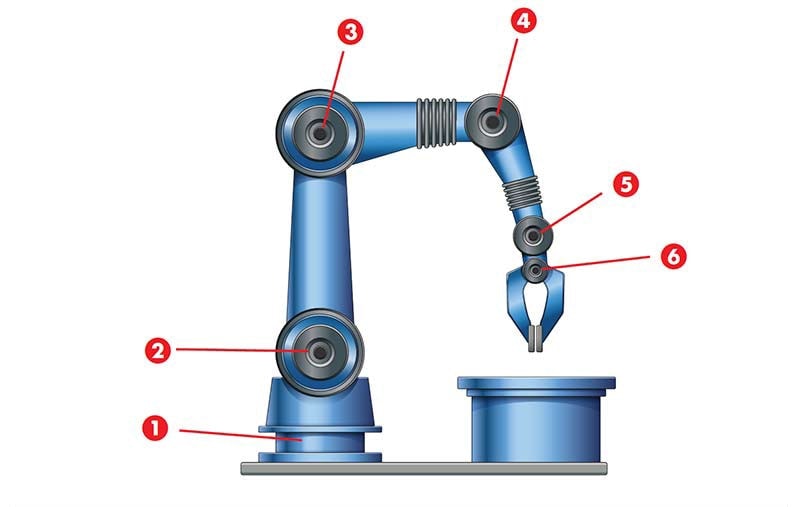
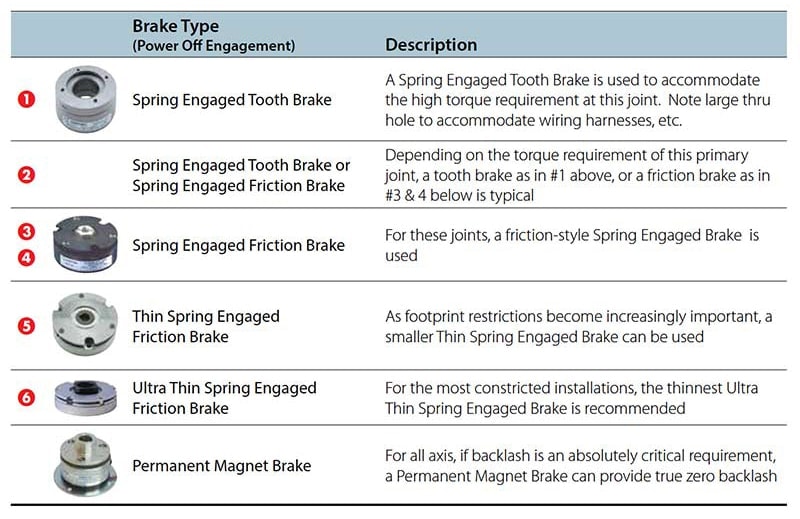
Advantages of Using Electromagnetic Clutches and Brakes for Robotics
Compared to other clutches and brakes, electromagnetic clutches and brakes offer a number of advantages that make them more suitable for robotics applications, including with regard to the following:
 Customization
Customization
They can be designed and configured in a variety of ways to accommodate different application requirements and restrictions.
 Performance
Performance
They are ideal for repetitive tasks as they can perform them accurately, reliably, and quickly with minimal risk of breaking down.
 Cost
Cost
Since they have longer service lives, they can help decrease overall equipment maintenance, repair, and replacement costs over time.
Partner with SEPAC for Your Custom Clutch and Brake Needs
Looking for a clutch and brake supplier for your robotics project? Turn to the experts at SEPAC. We have the knowledge, skills, and tools needed to provide you with a product solution that meets your most critical motion control needs.
To learn more about our brake and clutch capabilities, contact us today. To discuss your project specifications with one of our team members, request a quote today.
Contact Us Request a QuoteEbook
Learn more about our robotics capabilities, applications and how we can help your next project succeed by downloading our eBook today.
Download Now![Robotics-eBook-tablet-cover-img-e1615825903808[1] Robotics-eBook-tablet-cover-img-e1615825903808[1]](https://sepac.com/wp-content/uploads/Robotics-eBook-tablet-cover-img-e16158259038081.png)
CASE STUDY
challenge
A robot developer asked SEPAC to design and manufacturer a spring-set, power-off brake for a humanoid robot with critically enhanced dexterity performance. The agility advantage of the designed allowed the robot to perform very realistic and necessary mechanical first responder tasks in emergency situations such as opening/closing doors and hatches, connecting a fire hose to a valve, etc.
Contact Us To Learn More >Solution
The design had to be relatively thin with high torque holding capacity, and the lighter the brake design the better for the performance of the humanoid robotic arm. Adding to the challenge, the completed brake design and final hardware had to be installed very early in the design/build process so that the sophisticated control logic could be matched to the physical performance characteristics.
Contact Us To Learn More >result
Working within a tight schedule and limited budgets, SEPAC made several iterations of the brake for different joints in the robotic arms. The complexity and pace of the project was high as the robot was part of a DARPA (Defense Advanced Research Projects Agency) competition. The SEPAC brakes performed well; the robot secured a high score and moved onto a higher level of this government-funded competition. The intent is that, one day, this robot may help save lives while safeguarding the lives of the first responders it is programmed to serve. SEPAC enjoyed being a part of this successful team effort.
Contact Us To Learn More >Recommended products
The following SEPAC products are commonly found in a variety of Robotics applications. Please click learn more to view our available standard catalog across these products including performance and mechanical specifications.

